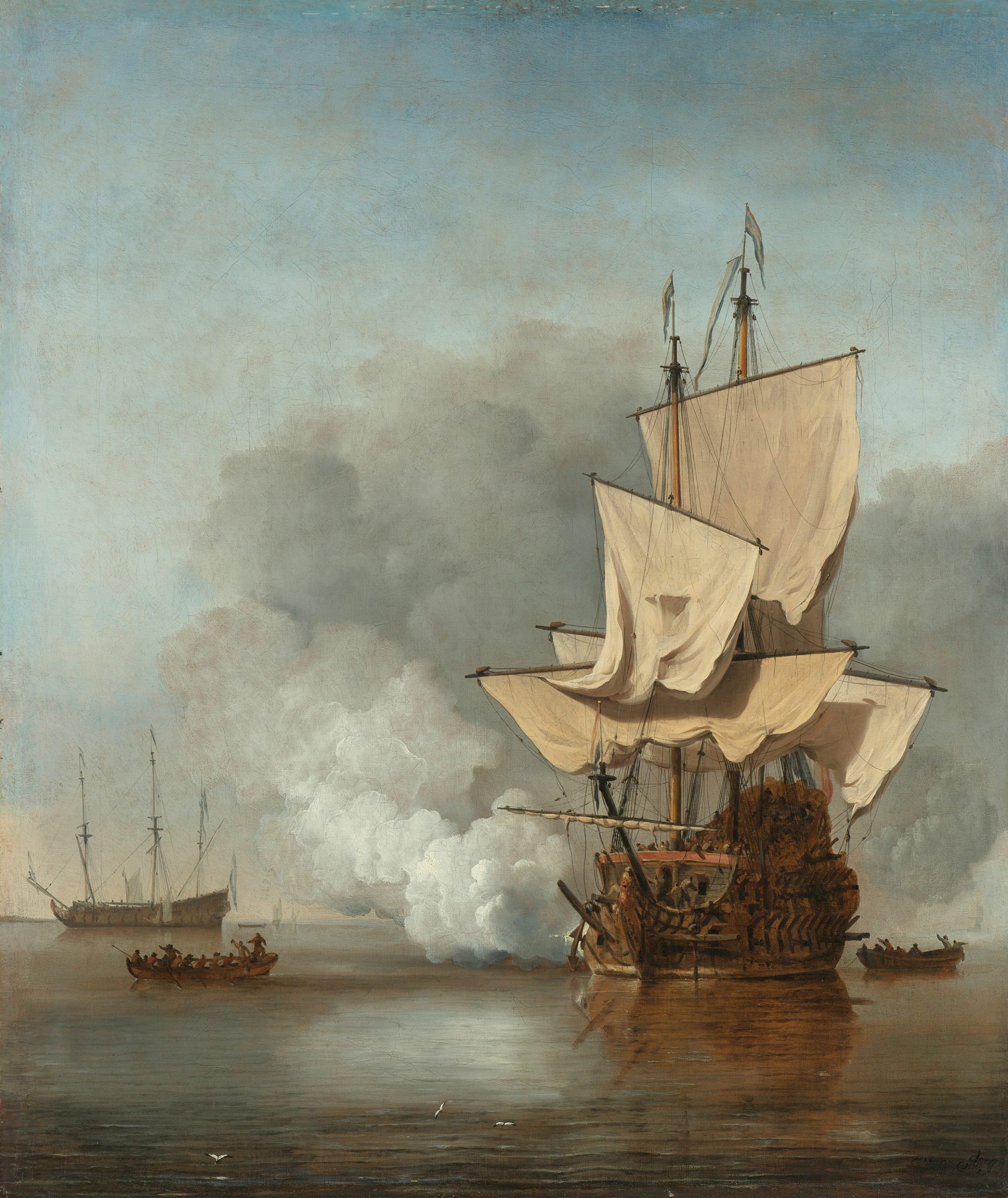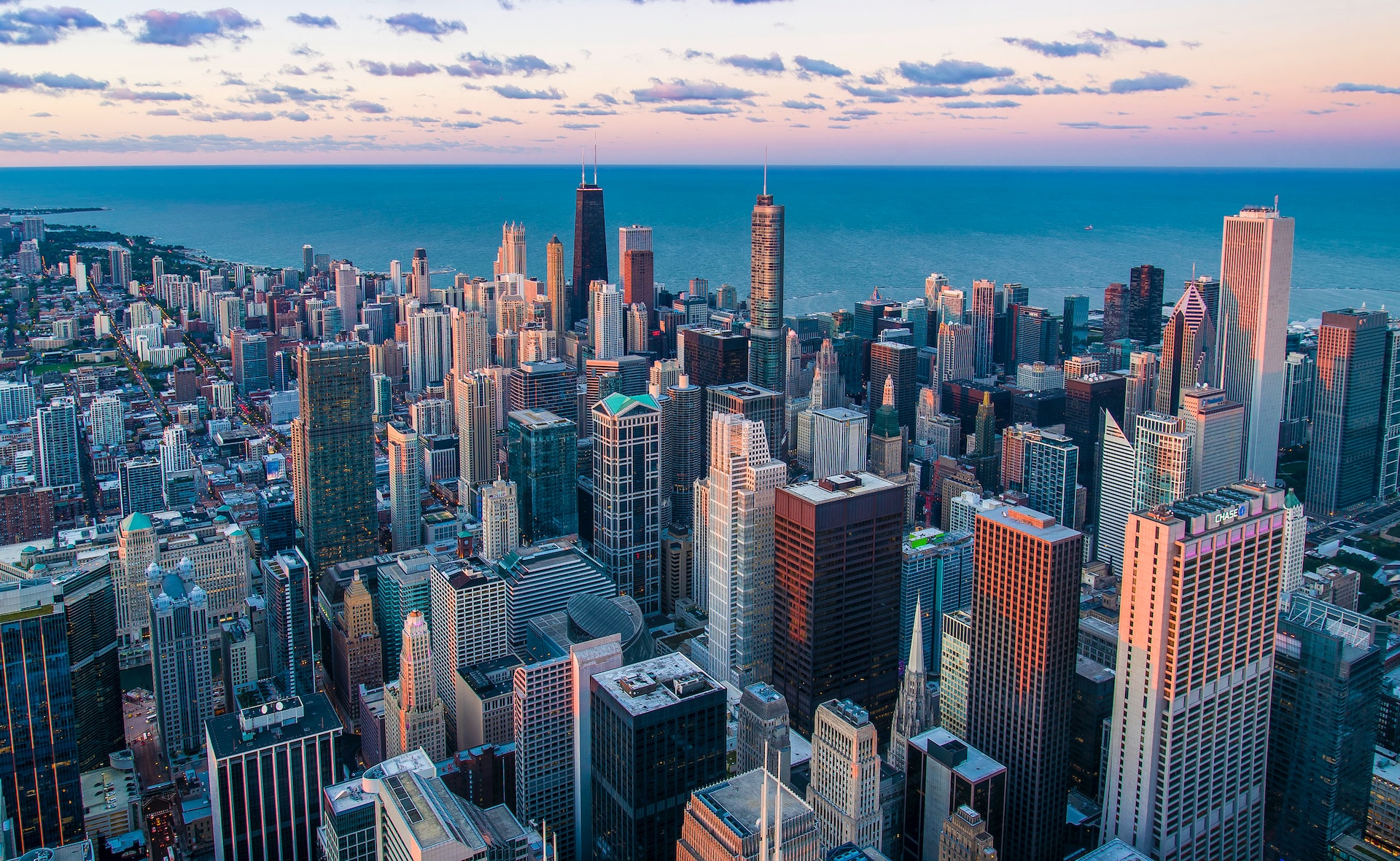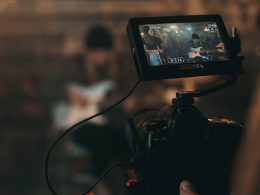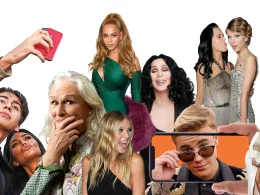Introduction: In the realm of contemporary art, installation and performance art have emerged as dynamic and captivating forms that challenge traditional boundaries. These immersive artistic experiences transport viewers into a realm where imagination merges with reality, inviting them to engage with art in unconventional ways. This article aims to explore the transformative power of installation and performance art, delving into their unique ability to elicit emotions, provoke thoughts, and create lasting impressions.
- Setting the Stage: Defining Installation and Performance Art Installation art encompasses a wide range of artistic practices that involve the arrangement of objects, sounds, and other elements within a space to create an immersive environment. Meanwhile, performance art involves live actions or events performed by artists, often in front of an audience, blurring the lines between art and everyday life. By pushing the boundaries of traditional artistic mediums, both installation and performance art seek to engage viewers on a visceral and intellectual level.
- Engaging the Senses: The Power of Immersion One of the key aspects of installation and performance art lies in their ability to envelop spectators in a multisensory experience. From large-scale installations that require viewers to physically navigate through the space to performances that integrate music, movement, and spoken word, these art forms immerse participants in a world where their senses are heightened. The interaction between the artwork and the viewer becomes a crucial component, as the audience becomes an integral part of the artistic creation.
- Provoking Reflection: Art as a Catalyst for Change Installation and performance art have the potential to tackle pressing social and political issues by provoking reflection and fostering dialogue. Artists often use these mediums to address themes such as identity, gender, environmental concerns, and societal inequalities. By breaking away from traditional artistic conventions, installation and performance art offer a platform for artists to challenge the status quo and explore alternative perspectives, encouraging viewers to question their own beliefs and assumptions.
- Embracing Ephemeral Beauty: The Temporality of Art Unlike traditional art forms, installation and performance art are often transient in nature. These experiences are often time-bound, lasting only for the duration of an exhibition or performance. The impermanence of these art forms adds an additional layer of intrigue, prompting viewers to appreciate the beauty and significance of the present moment. It also underscores the importance of documentation and preservation, as capturing these ephemeral creations becomes paramount for future generations to appreciate.
- Pushing Boundaries: The Influence of Technology As technology continues to evolve, it has become an increasingly integral part of installation and performance art. Artists are embracing innovative tools such as virtual reality, augmented reality, and interactive digital platforms to enhance the immersive experience. Technology allows for the creation of even more engaging and transformative artworks, blurring the lines between the physical and virtual realms. This integration of technology expands the possibilities for artists to push boundaries and captivate audiences in new and exciting ways.
Conclusion: Installation and performance art represent a departure from traditional artistic practices, offering viewers an opportunity to step outside their comfort zones and engage with art on a deeply personal level. By immersing spectators in multisensory experiences and tackling social issues, these art forms have the power to transform perceptions, challenge societal norms, and foster a greater appreciation for the artistic process. As technology continues to advance, the future of installation and performance art promises even more captivating and transformative experiences, further blurring the line between art and reality.










